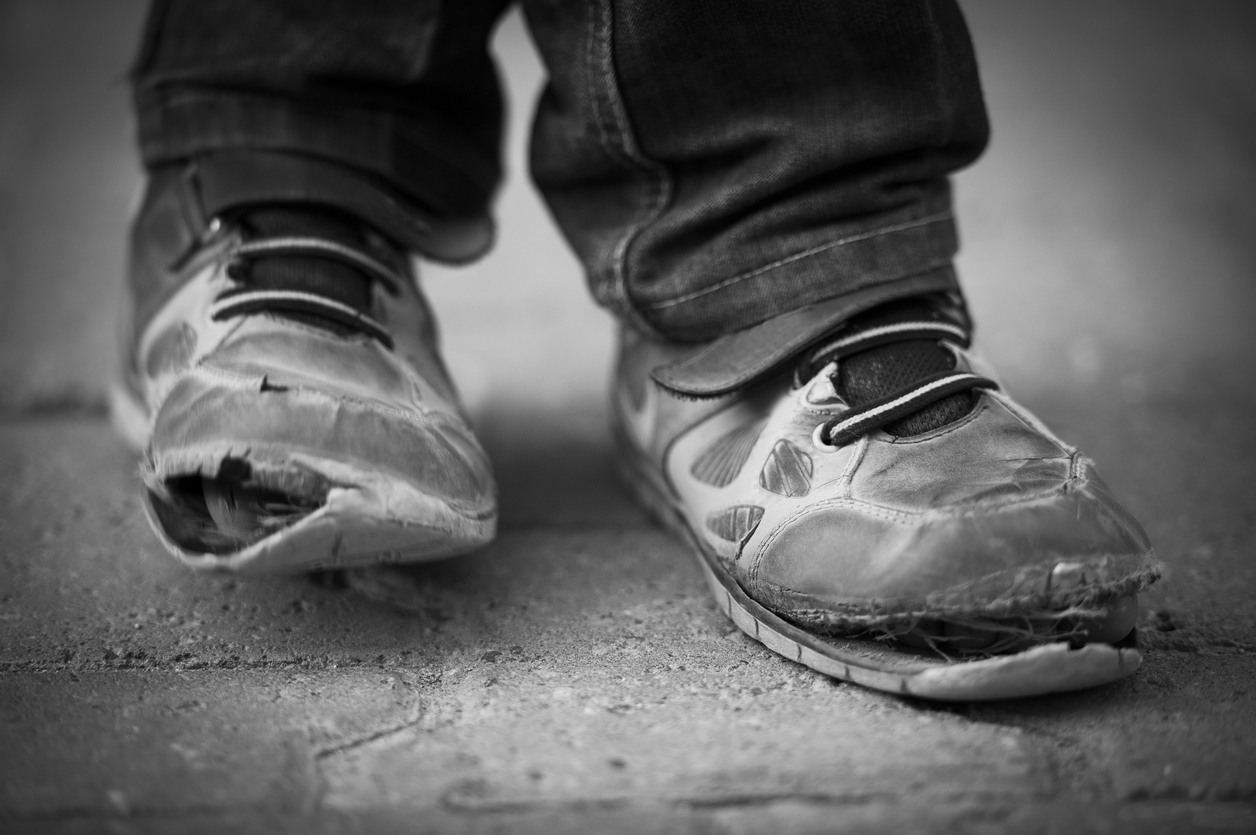The Prime Minister has announced a proposed Child Poverty Reduction Bill, which would set in law targets to reduce child poverty.
Ten-year targets would include reducing the proportion of children living in low-income households and those in material hardship.
The SMC asked public health experts to comment on the proposed bill.
Associate Professor Nikki Turner, Division of General Practice and Primary Health Care, University of Auckland, comments:
“This proposed child poverty reduction bill is a hugely important first step towards progressing child poverty reduction and should not be understated in its significance. There is real hope that New Zealand may now take a broader coherent approach, underpinned by a government mechanism for measuring, monitoring and being held accountable.
“While previous governments have recognised the challenges and implemented a range of strategies, none has until now shown the courage or commitment to embed this in legislation and create accountability for poverty reduction outcomes. The result is that previous efforts, while often well-intentioned, have often been isolated or ad-hoc and as a result likely to have had less impact than if they had been part of an integrated plan.
“Does setting targets work? Evidence suggests that if targets are well chosen alongside clear lines of accountability, they can be highly effective for change. The targets recommended in this bill use multiple measures – income and material deprivation, and both depth and length of poverty. The combination of measures here is more likely to more accurately reflect progress across this complex multifactorial issue.
“Clearly, setting targets alone is not going to solve the problem. This is just the beginning of the work needed. Bill English said this has ‘no substance to address the drivers of deprivation’. His words will hold true if there is not a well-designed comprehensive approach taken at this point to action the intent. The best targets in the world even with accountability lines, will not hold without enough resourcing and a do-able plan.
“Will we see improvements in child health? As a frontline provider, it is very clear that effective health services matter – we learnt that with improving immunisation coverage. But alone, improving health services probably can only have a small effect on the poverty gradient in childhood hospitalisation and other important child health outcomes such as mental health.
“The action plan needs to be across the many facets of poverty – better family income, better housing, social cohesion, safer communities, drug and alcohol challenges etc. What I particularly would like to see in the detail is a clear focus on the poverty drivers that affect mental health, a huge need in our community that is going to take a lot more resourcing than any government to date has been willing to commit.
“Child poverty will not be cheap or easy to fix, we have generational damage to try and overcome, it will take tenacity, time and a whole lot of government commitment. Accountability and sensible measurables are an excellent first step, let’s watch closely and support a comprehensive, multifaceted plan of action.”
Professor Philippa Howden-Chapman, Programme Director, He Kainga Oranga/Housing and Health Research Programme, University of Otago, comments:
“The Prime Minister’s commitment to reducing child poverty draws on the extensive research and in-depth policy discussions that led to the 2012 report of the Commissioner for Children’s Expert Advisory Group, Solutions to Child Poverty in New Zealand: Evidence for Action. This report was largely ignored at the time and little progress was made in the last five years on the fundamental causes of poverty such as rising housing costs, which were clearly identified in the report.
“The Government’s medium- and long-term targets announced this week are impressive on many levels. But exceptionally, they are evidence-informed and draw on the report and the extensive work of Bryan Perry in the Ministry of Social Development. Perry has highlighted over many years that there are different population groups who fall into the lowest income groups, depending on whether household income is considered before or after housing costs, or when material disadvantage (such as being cold in winter, or not being able to take a holiday) are considered. While all three measures are important, measuring income after housing costs shows that it is rising housing costs that are driving the increase in income inequality and have a flow-on impact to wealth inequalities.
“The measures highlighted in the speech directly tackle the quality of rental housing (e.g. through the Healthy Homes Guarantee Act) and increasing housing supply (raising the number of state houses, and the number of affordable new builds). The Prime Minister and the Minister of Finance have made their commitment to such policies clear. The strong research evidence is that if these policies are implemented effectively, by revitalising and refinancing organisations such as Housing NZ, these measures will directly improve the health of the rising proportion of children growing up in private rental accommodation and reduce the grave risk of their being hospitalised and dying prematurely.”
